-
 bitcoin
bitcoin $122090.672462 USD
1.59% -
 ethereum
ethereum $4493.758974 USD
0.56% -
 xrp
xrp $3.033145 USD
0.65% -
 tether
tether $1.000629 USD
0.00% -
 bnb
bnb $1169.854250 USD
7.07% -
 solana
solana $230.954786 USD
-0.19% -
 usd-coin
usd-coin $0.999785 USD
0.00% -
 dogecoin
dogecoin $0.256108 USD
-1.12% -
 tron
tron $0.342333 USD
-0.12% -
 cardano
cardano $0.859632 USD
-0.10% -
 hyperliquid
hyperliquid $48.932146 USD
-2.25% -
 chainlink
chainlink $22.345466 USD
-1.29% -
 ethena-usde
ethena-usde $1.000217 USD
-0.03% -
 avalanche
avalanche $31.203456 USD
1.93% -
 sui
sui $3.579145 USD
1.05%
What does it mean when the MA moving average does not break after stepping back? Is the signal for adding positions reliable?
When the MA doesn't break after stepping back, it suggests a strong trend, but confirm with RSI and MACD before adding positions to ensure reliability.
May 22, 2025 at 06:56 am
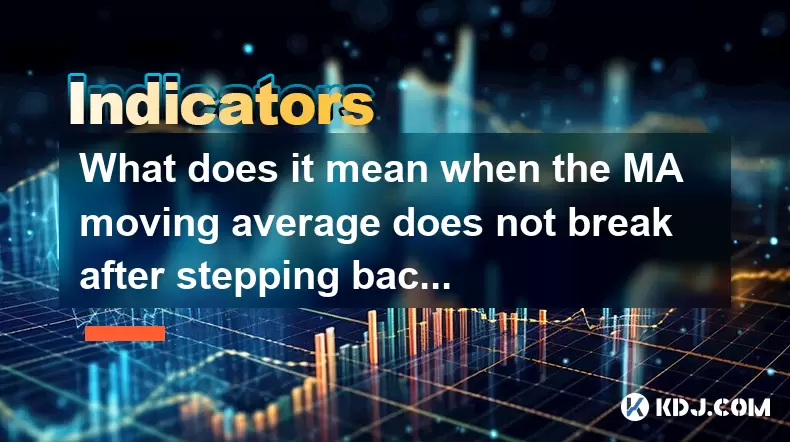
When discussing the behavior of moving averages (MA) in the context of cryptocurrency trading, a common scenario traders analyze is when the MA does not break after stepping back. This phenomenon can have significant implications for trading strategies, particularly regarding the decision to add positions. Let's delve into what this means and whether the signal for adding positions based on this scenario is reliable.
Understanding Moving Averages
Moving averages are fundamental tools in technical analysis used to smooth out price action and identify trends over a specified period. There are different types of MAs, such as the Simple Moving Average (SMA) and the Exponential Moving Average (EMA), each with its own calculation method and sensitivity to price changes. The choice of MA type and period can significantly affect the signals generated.
What Does 'Not Breaking After Stepping Back' Mean?
When we say that the MA 'does not break after stepping back,' we refer to a situation where the price of a cryptocurrency temporarily moves away from the MA but eventually returns to it without crossing the MA line. This behavior suggests that the underlying trend represented by the MA remains intact, and the temporary deviation was just a minor correction.
Analyzing the Reliability of the Signal
To determine if the signal for adding positions is reliable when the MA does not break after stepping back, we need to consider several factors:
1. Strength of the Trend
The strength of the trend indicated by the MA is crucial. If the MA is sloping upwards or downwards with a significant angle, it indicates a strong trend. A strong trend is more likely to resume after a pullback, making the signal for adding positions more reliable.
2. Volume and Market Sentiment
Volume and market sentiment can provide additional context. If the volume during the pullback is low and the overall sentiment remains bullish or bearish, it supports the reliability of the signal. High volume during the pullback might indicate a more significant shift in sentiment, potentially making the signal less reliable.
3. Confirmation from Other Indicators
Relying solely on the MA can be risky. Confirming the signal with other technical indicators such as the Relative Strength Index (RSI), Moving Average Convergence Divergence (MACD), or Bollinger Bands can enhance the reliability. For instance, if the RSI shows that the asset is not overbought or oversold, and the MACD confirms the trend, the signal becomes more trustworthy.
Practical Example of Adding Positions
Let's consider a practical example of how a trader might use this signal to add positions. Suppose you are trading Bitcoin (BTC) and using a 50-day SMA to identify the trend.
- Step 1: Identify the trend using the 50-day SMA. If the price of BTC is consistently above the SMA, it indicates an uptrend.
- Step 2: Monitor the price action. If the price steps back towards the SMA but does not break it, this could be a potential signal to add positions.
- Step 3: Confirm the signal with other indicators. Check if the RSI is not in overbought territory (below 70) and if the MACD line is above the signal line, indicating continued bullish momentum.
- Step 4: If all conditions are met, consider adding positions. You might decide to buy additional BTC, increasing your exposure to the asset.
Risks and Considerations
While the signal of the MA not breaking after stepping back can be a useful tool, it is not without risks. False breakouts and sudden market shifts can lead to losses if positions are added too aggressively. It's essential to manage risk through position sizing, stop-loss orders, and diversification.
Applying the Signal in Different Market Conditions
The reliability of the signal can vary depending on market conditions. In a highly volatile market, the signal might be less reliable due to increased price swings. Conversely, in a more stable market, the signal might be more reliable as trends are more likely to persist.
Conclusion on Signal Reliability
The reliability of the signal for adding positions when the MA does not break after stepping back depends on multiple factors, including trend strength, volume, market sentiment, and confirmation from other indicators. While it can be a powerful tool in a trader's arsenal, it should be used cautiously and in conjunction with a comprehensive trading strategy.
Frequently Asked Questions
1. Can the same signal be applied to different types of moving averages?
Yes, the signal of the MA not breaking after stepping back can be applied to different types of moving averages, such as SMA and EMA. However, the sensitivity and responsiveness of each MA type will affect the signal's timing and reliability. For instance, an EMA might provide earlier signals due to its greater weight on recent prices.
2. How can I adjust the MA period to improve the signal's reliability?
Adjusting the MA period can help tailor the signal to your trading style and the asset's volatility. A shorter period, such as a 20-day MA, will be more sensitive to price changes and might generate more signals, while a longer period, like a 200-day MA, will be smoother and less prone to false signals. Experimenting with different periods and observing the results can help you find the optimal setting.
3. What other technical indicators can be used to confirm the MA signal?
Besides RSI and MACD, other indicators that can confirm the MA signal include the Stochastic Oscillator, Bollinger Bands, and the Average Directional Index (ADX). Each of these indicators provides different insights into market conditions and trend strength, which can enhance the reliability of the MA signal.
4. How should I manage risk when adding positions based on this signal?
Risk management is crucial when adding positions based on the MA signal. Use stop-loss orders to limit potential losses, and consider position sizing to ensure that no single trade can significantly impact your overall portfolio. Additionally, diversifying your investments across different assets can help mitigate risk.
Disclaimer:info@kdj.com
The information provided is not trading advice. kdj.com does not assume any responsibility for any investments made based on the information provided in this article. Cryptocurrencies are highly volatile and it is highly recommended that you invest with caution after thorough research!
If you believe that the content used on this website infringes your copyright, please contact us immediately (info@kdj.com) and we will delete it promptly.
- BlockDAG, DOGE, HYPE Sponsorship: Crypto Trends Shaping 2025
- 2025-10-01 00:25:13
- Deutsche Börse and Circle: A StableCoin Adoption Powerhouse in Europe
- 2025-10-01 00:25:13
- BlockDAG's Presale Buzz: Is It the Crypto to Watch in October 2025?
- 2025-10-01 00:30:13
- Bitcoin, Crypto, and IQ: When Genius Meets Digital Gold?
- 2025-10-01 00:30:13
- Stablecoins, American Innovation, and Wallet Tokens: The Next Frontier
- 2025-10-01 00:35:12
- NBU, Coins, and Crypto in Ukraine: A New Yorker's Take
- 2025-10-01 00:45:14
Related knowledge
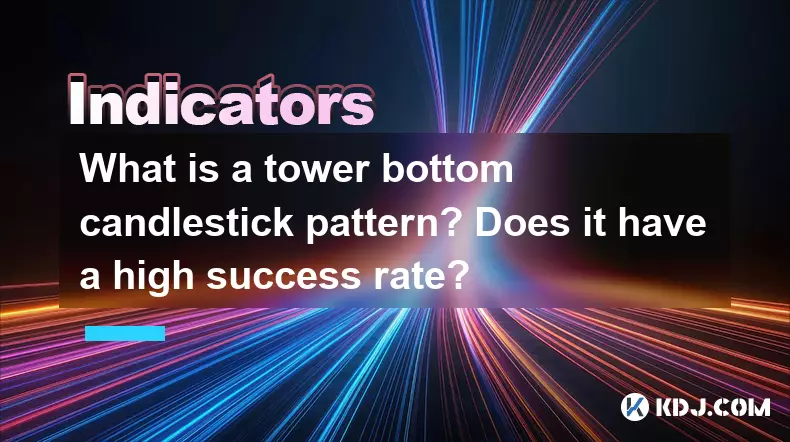
What is a tower bottom candlestick pattern? Does it have a high success rate?
Sep 22,2025 at 07:18am
Tower Bottom Candlestick Pattern Explained1. The tower bottom candlestick pattern is a reversal formation that typically appears at the end of a downt...
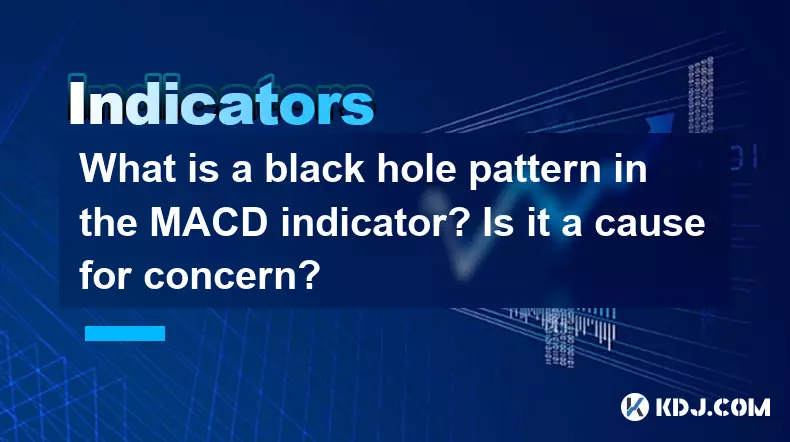
What is a black hole pattern in the MACD indicator? Is it a cause for concern?
Sep 21,2025 at 06:54pm
Bitcoin's Role in Decentralized Finance1. Bitcoin remains the cornerstone of decentralized finance, serving as a benchmark for value and security acro...

How can I use the psychological line (PSY) to determine market sentiment?
Sep 17,2025 at 02:19pm
Understanding the Psychological Line (PSY) in Cryptocurrency TradingThe Psychological Line, commonly referred to as PSY, is a momentum oscillator used...
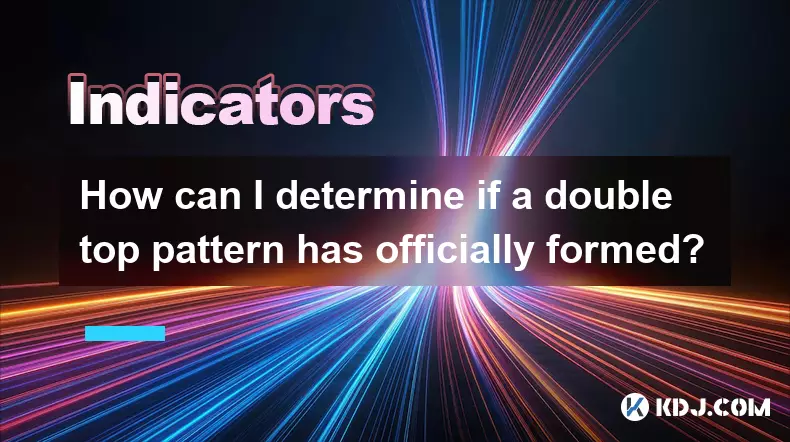
How can I determine if a double top pattern has officially formed?
Sep 21,2025 at 03:18am
Understanding the Structure of a Double Top Pattern1. A double top pattern consists of two distinct peaks that reach approximately the same price leve...
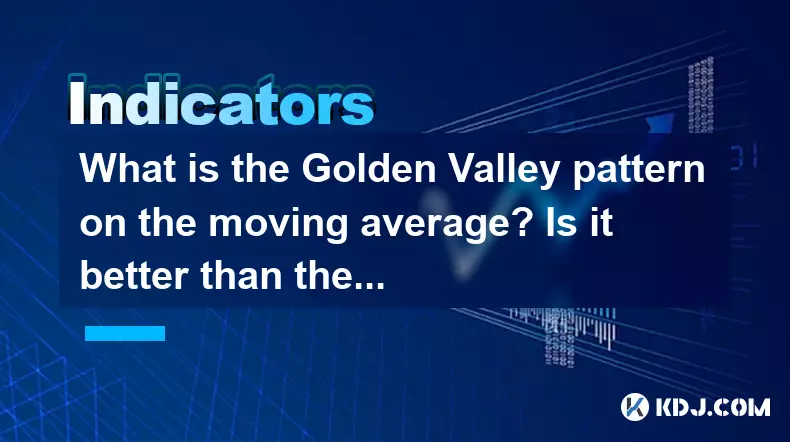
What is the Golden Valley pattern on the moving average? Is it better than the Silver Valley pattern?
Sep 21,2025 at 02:54pm
Understanding the Golden Valley Pattern in Moving Averages1. The Golden Valley pattern is a technical formation observed in cryptocurrency price chart...

What does a death cross of the RSI in the strong zone (above 50) mean?
Sep 17,2025 at 10:54pm
Understanding the Death Cross in RSI Context1. The term 'death cross' is traditionally associated with moving averages, where a short-term average cro...

What is a tower bottom candlestick pattern? Does it have a high success rate?
Sep 22,2025 at 07:18am
Tower Bottom Candlestick Pattern Explained1. The tower bottom candlestick pattern is a reversal formation that typically appears at the end of a downt...

What is a black hole pattern in the MACD indicator? Is it a cause for concern?
Sep 21,2025 at 06:54pm
Bitcoin's Role in Decentralized Finance1. Bitcoin remains the cornerstone of decentralized finance, serving as a benchmark for value and security acro...

How can I use the psychological line (PSY) to determine market sentiment?
Sep 17,2025 at 02:19pm
Understanding the Psychological Line (PSY) in Cryptocurrency TradingThe Psychological Line, commonly referred to as PSY, is a momentum oscillator used...

How can I determine if a double top pattern has officially formed?
Sep 21,2025 at 03:18am
Understanding the Structure of a Double Top Pattern1. A double top pattern consists of two distinct peaks that reach approximately the same price leve...

What is the Golden Valley pattern on the moving average? Is it better than the Silver Valley pattern?
Sep 21,2025 at 02:54pm
Understanding the Golden Valley Pattern in Moving Averages1. The Golden Valley pattern is a technical formation observed in cryptocurrency price chart...

What does a death cross of the RSI in the strong zone (above 50) mean?
Sep 17,2025 at 10:54pm
Understanding the Death Cross in RSI Context1. The term 'death cross' is traditionally associated with moving averages, where a short-term average cro...
See all articles










































































